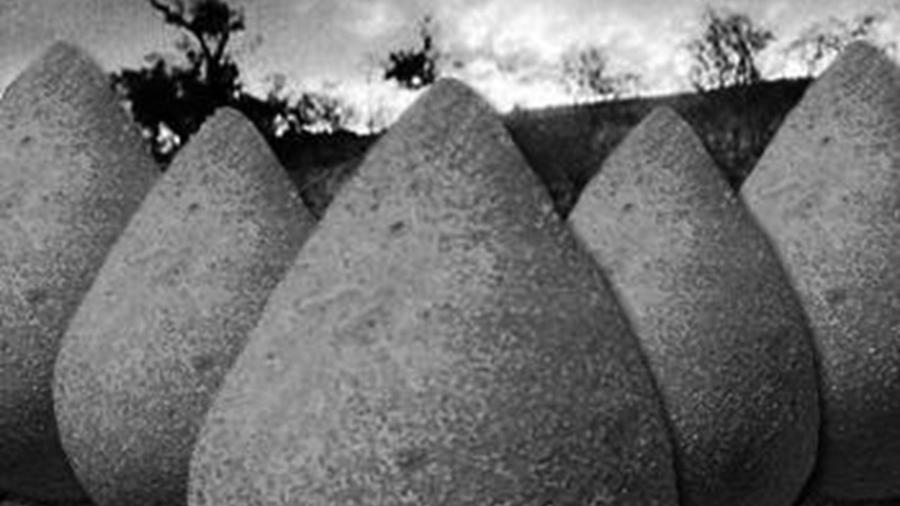É charque ou carne seca? Ciência explica detalhes da comida do Masterchef
Você sabe a diferença entre carne de sol, carne seca e charque? Sabia que caranguejo e siri não são a mesma coisa? Sabe por que a cebola fica doce quando a gente a refoga? Se você não sabe a resposta para essas perguntas, esse vídeo do canal Nunca Vi 1 Cientista é para você. A resposta para tudo isso está na ciência.
No sexto episódio da atual temporada do programa "Masterchef", da Band, os participantes tiveram que preparar pratos típicos da culinária de diferentes regiões do Brasil. A gente explica a ciência por trás dos diferentes processos de preparo dos alimentos mostrados.
Ah, algumas espécies de animais que vão para o fogão parecem ser a mesma, mas não são. Afinal, todo siri é um caranguejo, mas nem todo caranguejo é um siri.
Assista ao nosso vídeo que a gente a mais detalhes para você. E se você gostou e quer ajudar nosso trabalho, convidamos para colaborar com a nossa vaquinha virtual.



















ID: {{comments.info.id}}
URL: {{comments.info.url}}
Ocorreu um erro ao carregar os comentários.
Por favor, tente novamente mais tarde.
{{comments.total}} Comentário
{{comments.total}} Comentários
Seja o primeiro a comentar
Essa discussão está encerrada
Não é possivel enviar novos comentários.
Essa área é exclusiva para você, , ler e comentar.
Só s do UOL podem comentar
Ainda não é ? Assine já.
Se você já é do UOL, faça seu .
O autor da mensagem, e não o UOL, é o responsável pelo comentário. Reserve um tempo para ler as Regras de Uso para comentários.